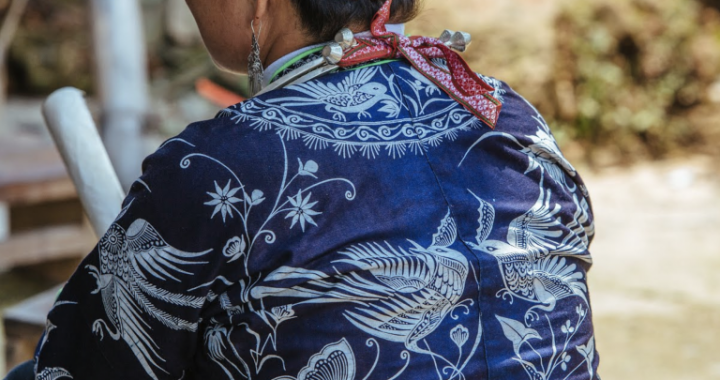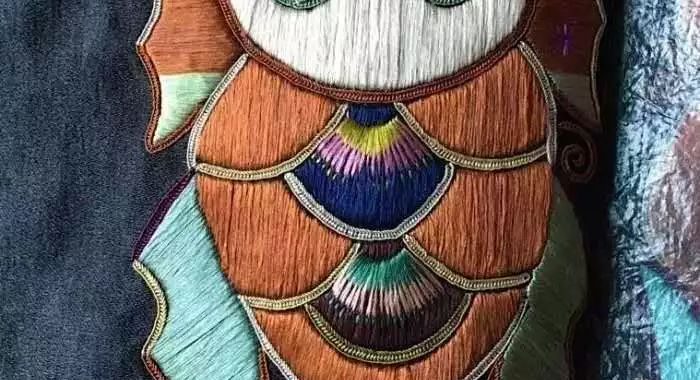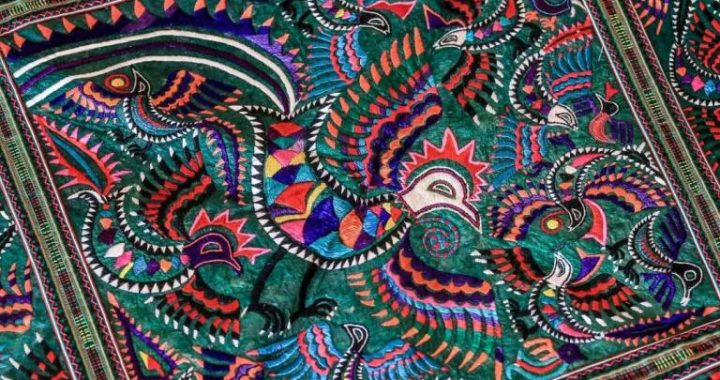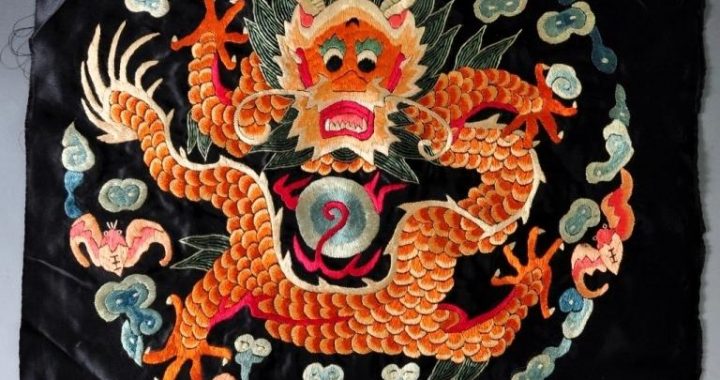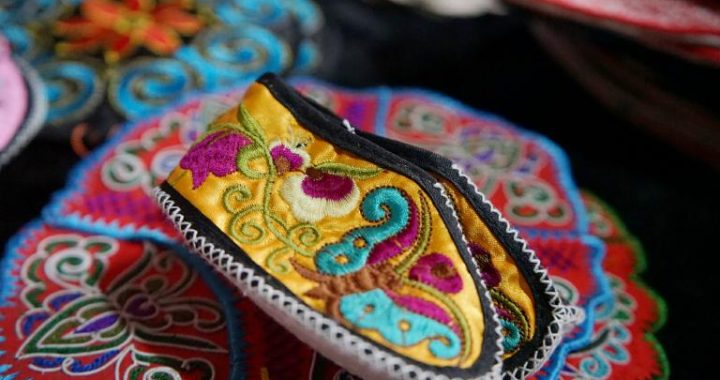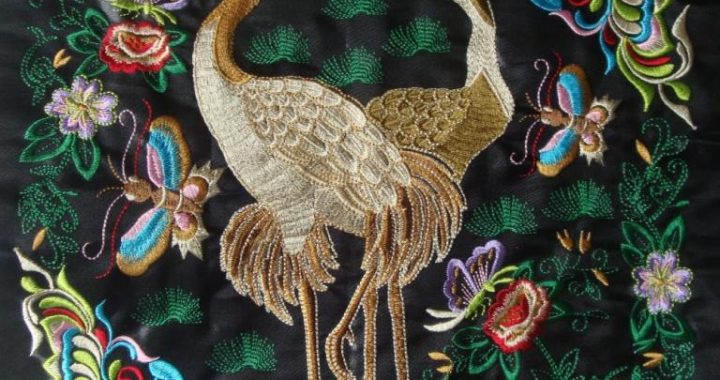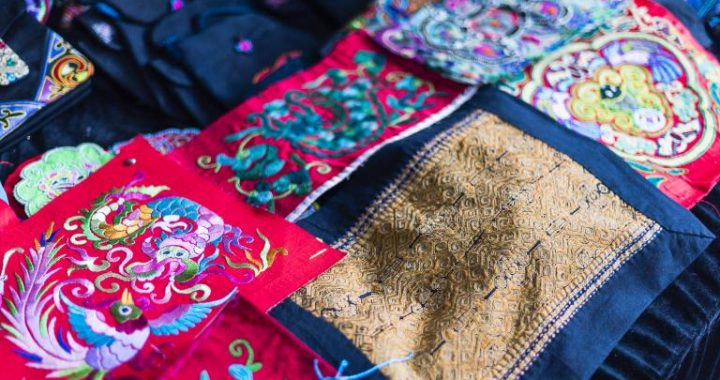Archaeological Findings on Silk
2 min readFolk tales, though beautiful and magic, cannot be regarded as scientific proof for the silk origin since it is impossible to be the mere innovation of an individual.A1l silk items unearthed, on the other hand, provide scientific evidences to solve the mystery.
1) Half of a Cocoon
The first archaeological evidence of sericulture was discovered in 1926, when the first generation Chinese field archaeologists found something like a peanut putamina in the site of Yangshao culture dating back more than 5,500 years in Xiying village, Xia County, Shanxi province. Through appraisal, it proves to be half of a cocoon that was cut apart from a complete one. It is approximately 1.36 centimetres long and 1.04 centimetres wide with a clear-cut section, and though partially eroded, it still appears lustrous. This half-cocoon aroused great sensation and arguments in the academic circle both in China and abroad: Does it really date to the Yangshao culture period or later? And why was it cut apart? Though these questions remain unsolved, as the earliest witness to China’s sericulture, it is now carefully preserved in the Palace Museum in Taipei.
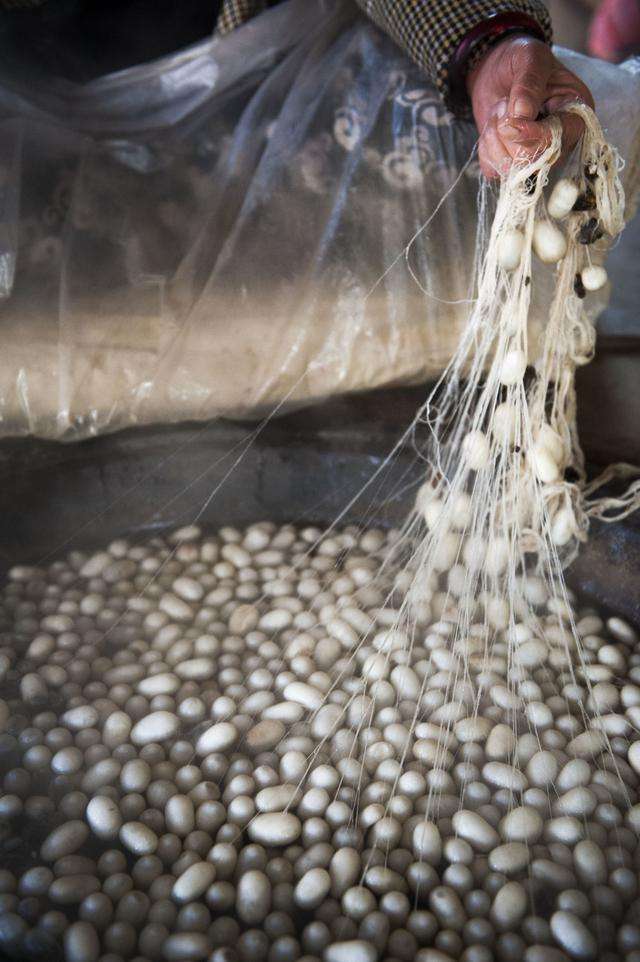
In the 1980s, archaeologists found textile fragments in Qingtai village, Xingyang, Henan province, which were wrapped up on the childrean’s corpses belonging to the Yangshao culture period. Though highly carbonized, the silk fibre was still identifiable on them, suggesting both the existence of primary sericulture along theYellow River over 5,000 years ago and the authenticity of the half-cocoon mentioned above.
2) Tabby Fragments of Qianshanyang
As another important cradle of Chinese civilization, did primary sericulture also exist in the Yangze River region? Excavation at Qianshanyang site in Huzhou, Zhejiang province in the lower reaches of the river, provides an important clue to this question.
In 1958,a bamboo basket was found by archaeologists at Qianshanyang site which contained some silk fragments. Through two appraisals on these fragments conductedby Zhejiang Provincial Academy of Textiles and Zhejiang Institute of Silk Textile (predecessor of Zhejiang Sci-Tech University), people found that the silk threads were produced by domesticated silkworms, while the tabby piece is in plain weave structure, and Carbon-14 test suggested they boast a history of over 4,700 years.

Furthermore, in 2005, archaeologists from the Zhejiang Provincial Institute of Archaeology and Huzhou Municipal Museum carried out a third excavation on the Qianshanyang site where a clew of silk thread with a length of approximately centimetres was found. The authenticity of these textiles as the earliest silk products found to date along the Youngze River region have been unanimously recognized by both the textile and archaeological circle.

The above two evidences demonstrate that, under China’s unique cultural environment, Chinese ancestors had established and developed primary sericulture over 5,000 years ago, both along the Yellow River and the Youngze River.
